Botanical Watercolor Pastels: Part Three - Prepping your Workspace & Color Theory 101!
Let's Make Something!
~
Let's Make Something! ~
Preparing Your Workspace
Whatever you’re painting with, it’s a good idea to cover your table or work surface with craft paper, newspaper, or cardboard to protect it from staining. Similarly, we wouldn’t recommend wearing your brightest white outfit while working with oil pastels – it’s easy to accidentally transfer color from your hands to your clothes in a moment of creative inattention.
To clean a stained surface, first scrape away any remaining pastel with something thin & flexible – like a credit card. To handle any additional staining, you can saturate a cotton ball with rubbing alcohol and blot away. For fabrics, we’d recommend the same advice, with an additional treatment of liquid dish soap if needed.
As with most things, prior preparation prevents poor performance (or pastel-y pants)! It also makes for easier cleanup when you're ready to take a break. So protect your surface, and wear an apron or clothes that you’re not too attached to. And always wash your hands thoroughly with soap and water before returning to normal life to prevent accidental color transfer to walls, furniture, children, clothing, or pets.
Color Theory 101!
Your kit is unpacked, you’ve prepped your surface, and you’re in your comfiest art clothes – now what?! We’ll begin with a little refresher on color & color blending. You might remember the color wheel from elementary or middle school art class – the wheel that shows you complementary primary and secondary colors.
Primary colors include red, yellow, and blue; they can be combined to create secondary colors, like orange, green, and purple. And don’t forget about tertiary colors, like red-violet or yellow-green! Those are a mix of analagous primary and secondary colors– which simply means they're right next to one another on the color wheel.
We can make further distinctions among colors using the following terms:
Hue: When we describe a color in the color wheel, we’re talking about the hue. The hue refers to the color in its pure state – neither lightened nor darkened, and undulled by any other color.
Value: The value of the color refers to the degree of lightness of a color, or hue. We can tint the color by adding white, tone it by adding gray, or shade it by adding black.
Intensity: Finally, we can adjust the intensity of the shade by mixing it with a complementary color – the color that is opposite to it on the color wheel.
Color theory is useful to keep in mind when we’re working with a blendable medium like oil pastel, and opens up our 12 base colors to reveal a nearly infinite range of potential color combinations. By layering one color over another, we can create new hues, new tones, new shades, and new tints. And that’s even before adding water, and getting into the fun of using our paintbrush!
On the first page of your sketchbook, we recommend having a bit of fun with color theory. Layer colors together, and then play with value. Smudge them together with your finger for a smooth blend, or leave them as-is for a rougher effect. See which colors you like together, and perhaps take a glance around you, choose an object, and then try to color-match it using only the oil pastels in front of you. It’s both easier than it sounds and something that you could spend a lifetime trying to perfect (and it’s really, really fun!)
Next up: dry blending techniques! Just keep following step by step through these posts, and you’ll be well on your way to oil pastel success.
And of course, if you can’t wait to get crafting, check out our kit here! It contains everything you need to get started.



